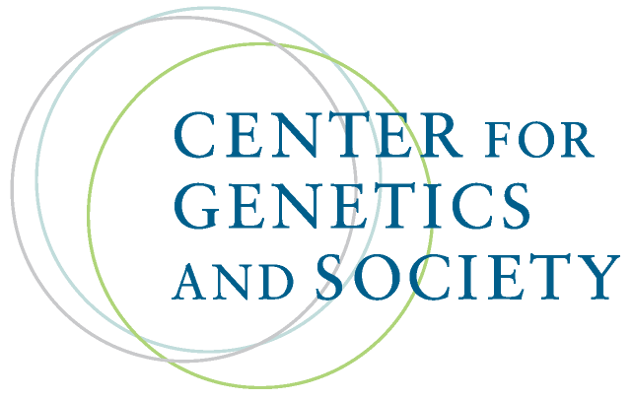"Three-Person IVF" Update Reveals How Little We Know
By Jessica Cussins,
The Huffington Post
| 06. 05. 2014
Three-person IVF is a critical departure from the traditional kind. This new and biologically extreme technique, which has generated scientific and bioethical controversy on both sides of the Atlantic, would combine genetic material from one man and two women in a single embryo. It is currently prohibited in the United Kingdom, but has been heavily promoted by its developers, and the law could be changed as soon as this year to allow it to move into fertility clinics.
The technique under consideration is being proposed for women with a rare form of mitochondrial disease who wish to have an unaffected and mostly genetically related child. It requires the extraction of the nucleus from her egg or embryo followed by its reinsertion into another woman's egg or embryo. Any resulting child would inherit nuclear DNA from the intended mother and mitochondrial DNA from an anonymous egg provider.
The UK's fertility regulator, the Human Fertilisation and Embryology Authority (HFEA) has just released an update on the safety and efficacy of this "three-person IVF." The HFEA report will help inform the upcoming Parliamentary...
Related Articles
By Liyan Qi and Jonathan Cheng, The Wall Street Journal | 03.26.2025
photo via Wikimedia Commons licensed under CC by 3.0
Chinese scientist He Jiankui set off global outrage and landed in prison after he skirted ethical guidelines and claimed he had produced genetically modified babies designed to resist HIV infection.
Now, the self-styled ...
By Anna Louie Sussman, The New York Times | 03.25.2025
On June 24, 2022, the same day the Supreme Court issued its decision in Dobbs v. Jackson Women’s Health Organization, I received a call from the fertility clinic where I’d been undergoing in vitro fertilization, informing me that seven of...
By Michael Gibney, PharmaVoice | 03.20.2025
The death this week of a teenager receiving Sarepta Therapeutics’ gene therapy Elevidys for Duchenne muscular dystrophy is a tragic reminder of the stakes involved in cutting-edge biotech innovation.
While gene therapies like Sarepta’s offer an opportunity to treat and...
By Staff, The Medicine Maker | 03.21.2025
"The Promise and Peril of CRISPR" cover by Johns Hopkins University Press
As a paediatrician taking care of children with sickle cell disease, Neal Baer, a Harvard Medical School graduate, was in awe of the power of CRISPR technologies. Later...



